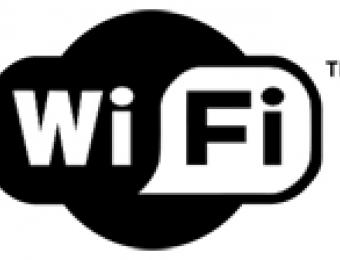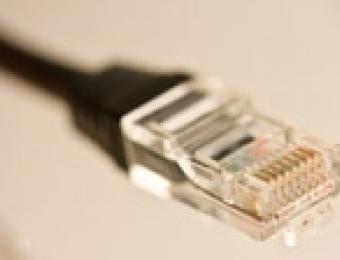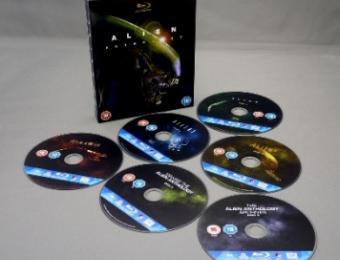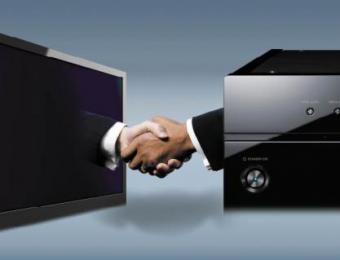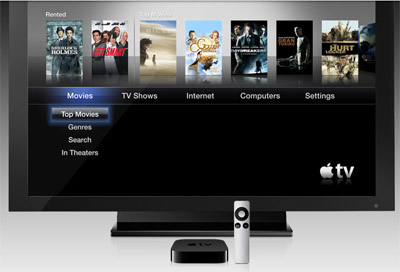
In recent years, streaming media and cloud storage have emerged as two good ways both to access media whenever it's needed, and cut down on the risk and effort involved with storing content for yourself. Likewise, IPTV is finding its way into more and more living rooms, favoured by many who prefer the convenience of having content available on demand. To use these services, though, you need access to a reasonably fast internet connection - this is especially the case for high definition video.
What is a bit rate?
The speed of the connection you need to play movies or music over the internet, without getting too technical, is dependent on what's known as the 'bit rate' of the content you're trying to play.
Bit rate is normally measured in bits per second (bit/s or bps), or for higher values, megabits per second (Mbit/s or Mbps) or gigabits per second (Gbit/s or Gbps). This is a measure of how much data needs to be transferred per second to allow the music or video stream to play.
Bit rates for music are normally much lower than those for video - and video bit rates differ vastly, depending on the quality and compression of the video. Below is a guide to the required bit rates for different types of media:
| Media | Bit rate |
|---|---|
| MP3 | 32 kbit/s to 320 kbit/s (depends on quality) |
| Lossless audio (CD quality) | 1.4 Mbit/s |
| Teleconferencing | 128 kbit/s to 384 kbit/s (or higher, depending on quality) |
| Standard definition video | 3.5 Mbit/s |
| DVD (MPEG 2) | 9.8 Mbit/s |
| HDTV | 8 Mbit/s to 15 Mbit/s |
| AVCHD video | 18.3 Mbit/s (720p) to 28 Mbit/s (1080p) |
| Blu-ray | 40 Mbit/s |
| The figures above are a general guide. Some streaming sources use greater levels of compression to offer HD video at lower bitrates. | |
What speed internet connection do I need?
The obvious answer to this is "as fast as you can get". When you sign up with an ISP, the speed of your connection is normally measured in megabits per second. The maximum rated speed for an ADSL connection is, at least in theory, up to 12Mbit/s. In practice it's likely to be much lower. So while this sort of connection would be fine for playing music or standard-definition video, it wouldn't be fast enough for streaming high definition video.
For high definition (1080i) video, you'd need at least an ADSL2+ connection, offering speeds of up to 24Mbit/s - although even a connection of this speed may struggle with streaming full HD video. Depending on the quality of the service offered where you live, you may need a fibre optic connection (like the NBN) to achieve that.
Theoretical speed vs. actual speed
One important thing to remember, of course, is that with an ADSL or ADSL2+ connection, you'll never reach the theoretical speed of the connection you've signed up for. There are all sorts of factors that'll affect speed (network traffic, the condition of the wiring), but the thing that will most determine how fast you can stream media on these sorts of connections is how far from the local telephone exchange you are. As a rough guide, if you live 2.4km from your local exchange, you can probably expect at best about half of the theoretical 24 Mbit/s for an ADSL 2+ connection at the best of times.
